What Gear Should I Use for My Ebike Chain? A Complete Guide to Choosing the Best Components

Making sure that you have the correct gear for your ebike chain will help with smoother rides and long-term performance. While riding up hills or just cruising around the town, having a compatible gear set prevents problems like completely slipping the chain off your bike on the lowest gear. Now let's look at the components, ratios, and materials which define what gear to use on your ebike chain.
Key Considerations When Choosing Ebike Chain Gears
When choosing the best gears, it’s essential to remember that it’s more than just going to the highest speed. Factors like how power would be distributed, how well the terrain is for biking, and overpowering while pushing hard to avoid chain slip need to be considered.
Types of Ebike Gears
There are three main types of ebikes; single-speed, derailleur, and hub gears. Each offers unique advantages regarding a specific terrain, riding style, and post-ride maintenance priority. While internal hub gears are low-maintenance but pricier, external derailleur offer flexible gear ratios making them ideal for varied routes.
Ebike Chain: Understanding Its Role in Gear Functionality
The e-bike chain acts as a direct link to the motor, gears, and wheels of a bike. A mismatched chain will result in slipping, especially while pulling on the lowest gear. Using a good-quality train will allow you to transfer power smoothly, enabling the preservation of gear teeth and optimizing the efficiency of both derailleur and hub systems.
Sizing Your Ebike Chain Gears
Being accurate on gear sizing matters. If chains are too long, they can droop and slip off, while too short chains cause stress on derailleurs. Seeing to adding cutting tools and chain length calculators online will help in determining the correct size of the teeth on the cassette and chainring mounted on the front.
Ebike Chain Compatibility: Choosing Gears That Fit
Saddle the chain derives with unsupported power transfer differentials to avoid creating issues for buffalo skipping chains. Verify that the cassette spacing matches the chain width asserted with supported derailleur bindings for the respective chainring and cog configurations.
Key Gear Components for Ebike Chains
For a functional set of gears, a rear derailleur and a front chain ring are essential. Mid-drive compatible gears on Full-Suspension SR6 bikes serve as an example. Aim for optimum range gear cassettes sized for torque with shrunk powerful chained motors and removable derailleurs.
Chainring Materials: What Should You Choose?
Chainrings motivation by derailleur face slippage. While aluminum alloy parts are applied on E300 standard bikes, the steel geared ones are specially designed for off-road trails. The scope of materials impacts other performance parameters like heavy motor torque loads, in addition to scale requirements for the e-bike.
Ebike Derailleurs: Selecting the Right One
E300 Pro and other city oriented contraptions featuring compact city specs are best equipped with short cage derailleurs. If the shift up offroad range expands, longer cages are preferred for tougher gears required. Align supported power limits with the bounds of motor used.
Hub Gears: The Pros and Cons for Ebike Chains
Hub gears can diminish service needs and resist chain misalignment, which makes them fitting for flat terrains and commuters using e-bikes like the Q7. Their cost and weight tend to be a drawback, though. Unlike other types, derailleur gears are easier to adjust within the range under torque, however, they require periodic recalibration.
Electric Bike Motor Power and Its Impact on Gear Choice
Surge in motor output necessitates stronger chains and wider limits in gears. The level of torque will dictate whether smaller front chainrings or larger rear cogs are required. Out of step gear ratios place an excess burden on motors leading to chain slippage during pedal force.
Gear Ratios: Finding the Right Balance for Your Ebike
Gear ratios dictate the amount of force applied to the pedals and the resultant movement of the wheels. Granular ratios offer torque for ascending tall structures, while inflated ratios aid speed on level ground.
Chain Maintenance and Longevity Tips
To enhance the riding experience and minimize slippage risks, the chain should always be clean. A monthly wear test needs to be undertaken, while advanced bike-specific lubes should be utilized.
Troubleshooting Ebike Chain and Gear Problems
The most common issues with the gears include slippage of the chain, gears skipping and shift irregularities. A loose chain at low gear with a powerful push often indicates a requirement for part repair.
High-Performance Ebike Gears: What to Look for
Performance-oriented riders are looking for components that are lightweight yet extremely strong. Shift at high speeds utilizing electric shifters; use aluminum alloy chain rings and wide-range cassettes.
Ebike Gear Upgrade Options
When shifting is slow, there are frequent chain skips, or changes in ratio are needed, consider upgrading your gears. Riders changing from city to trail riding are often upgrading to derailleur systems. Think about how new parts will work with your existing ones.
Comparing Popular Ebike Gear Brands
Shimano, SRAM, and Rohloff gear systems top the market, offering outstanding performance. City bike users looking for budget reliable options can turn to Shimano With E300. Full-Suspension SR6 riders will find SRAM’s high-performance versatility and wide range of gears unparalleled.
Customizing Your Ebike Chain Setup
Specific conditions can be met by fine-tuning the ride with custom setups. Off-roaders need wide-range gearing and long-cage derailleurs, while commuters may prefer single chainrings and narrow cassettes. Selections should be made to eliminate possibilities of the chain slipping under torque.
Legal Considerations for Ebike Gear Setup
Modification of top speed, chainring size, or gearing might be controlled by local laws regarding ebike power. Use of oversized chainrings or high-ratio gears may violate assist limit laws. Regulations set in Europe restrict speeds to 25 km/h.
Conclusion
Selecting the appropriate chain on your e-bike minimizes risk and optimizes performance while ensuring durability. Factors like motor strength, terrain, and the compatibility of the chain with the gear ratio must be taken into account. Gear selection dictates performance from city commutes with E300 to mountain rides with SR6. Visit ASOMTOM to upgrade today for a smoother, smarter ride.
Frequently Asked Questions (FAQs)
- What is the Best Gear Setup for an Ebike?
Riding preferences, terrain, and riding style determine the optimal gear configuration. Ebikes configure best with mid-level derailleurs paired to wide-range cassettes tailored with balanced performance. - How Often Should I Replace My Ebike Chain and Gears?
Every 1000-2000 miles, optimal maintenance requires changing the e-bike chain. While gears have longer life spans, they should be inspected frequently, especially when slippage or irregular shifts are noticed. - Can I Use Regular Bicycle Gears on My Ebike?
Standard components are fine to use with the caveat that e-bike-specific gears are designed for greater torque and stress. - How Do I Know if My Ebike Gears Are Compatible with My Chain?
Review the manufacturer’s specifications on speed, cassette, and chain width of the components to ensure compatibility as they usually stem from the same brand. -
What’s the Difference Between a Derailleur and a Hub Gear for Ebikes?
Derailleurs are ideal for folding bikes as they have a greater scope of shifting range while using external cogs.


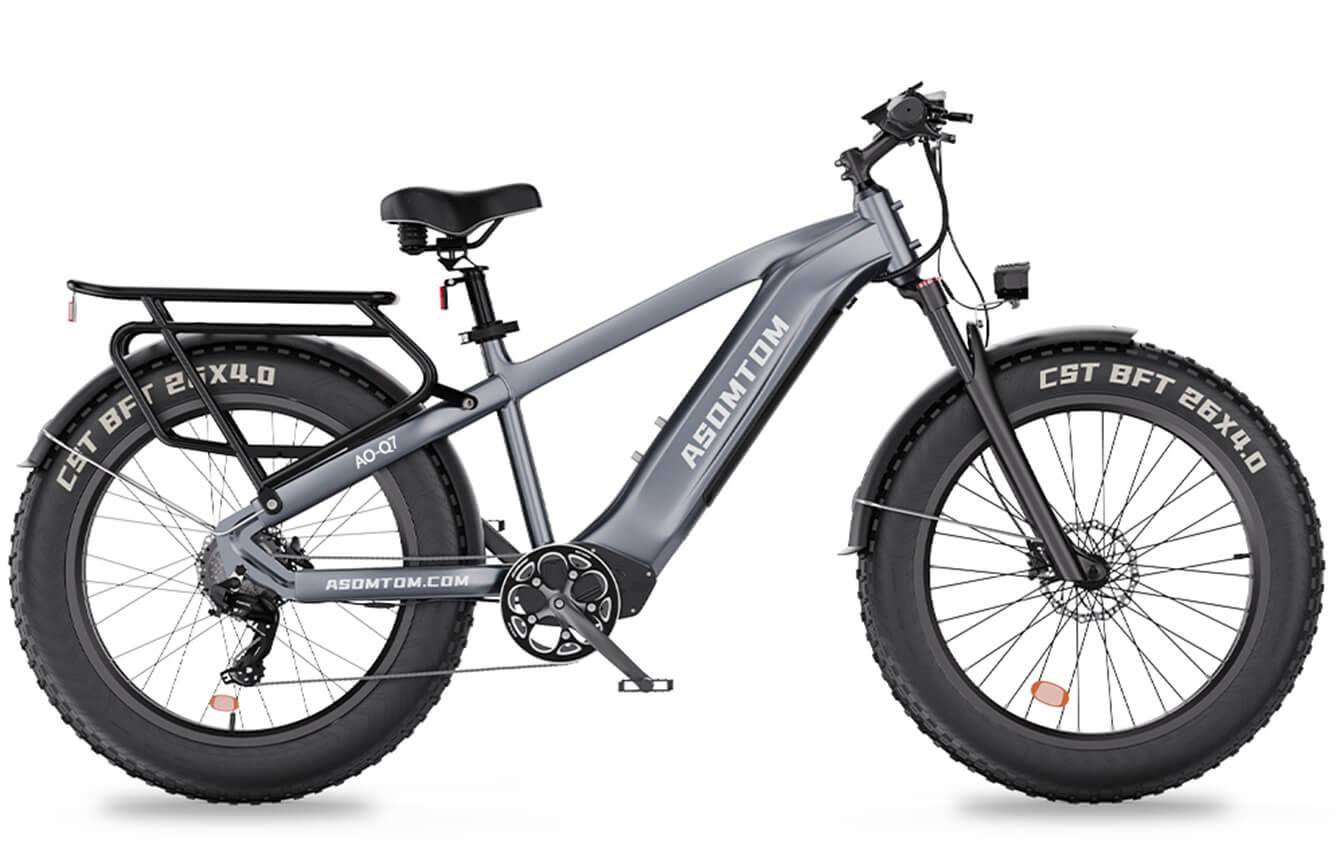
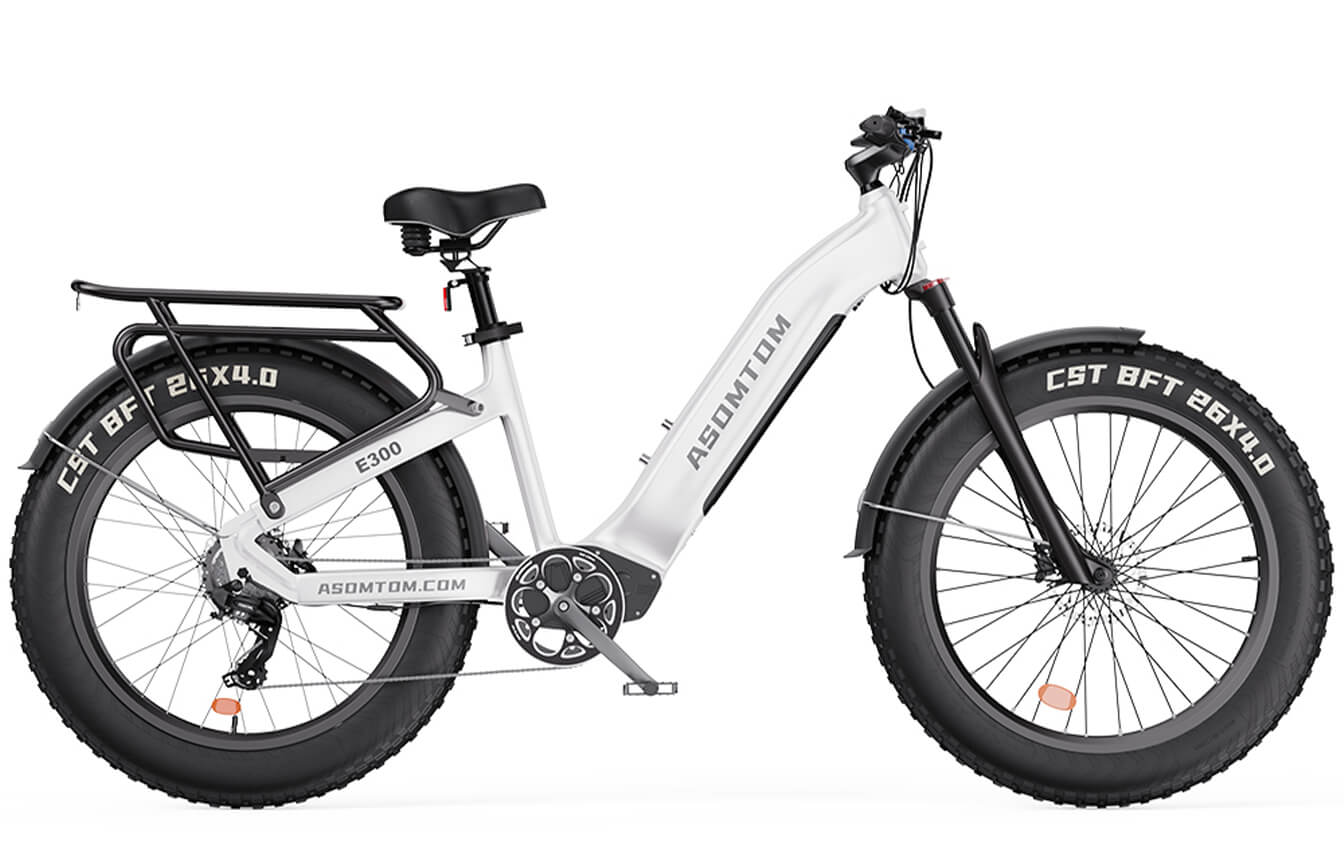
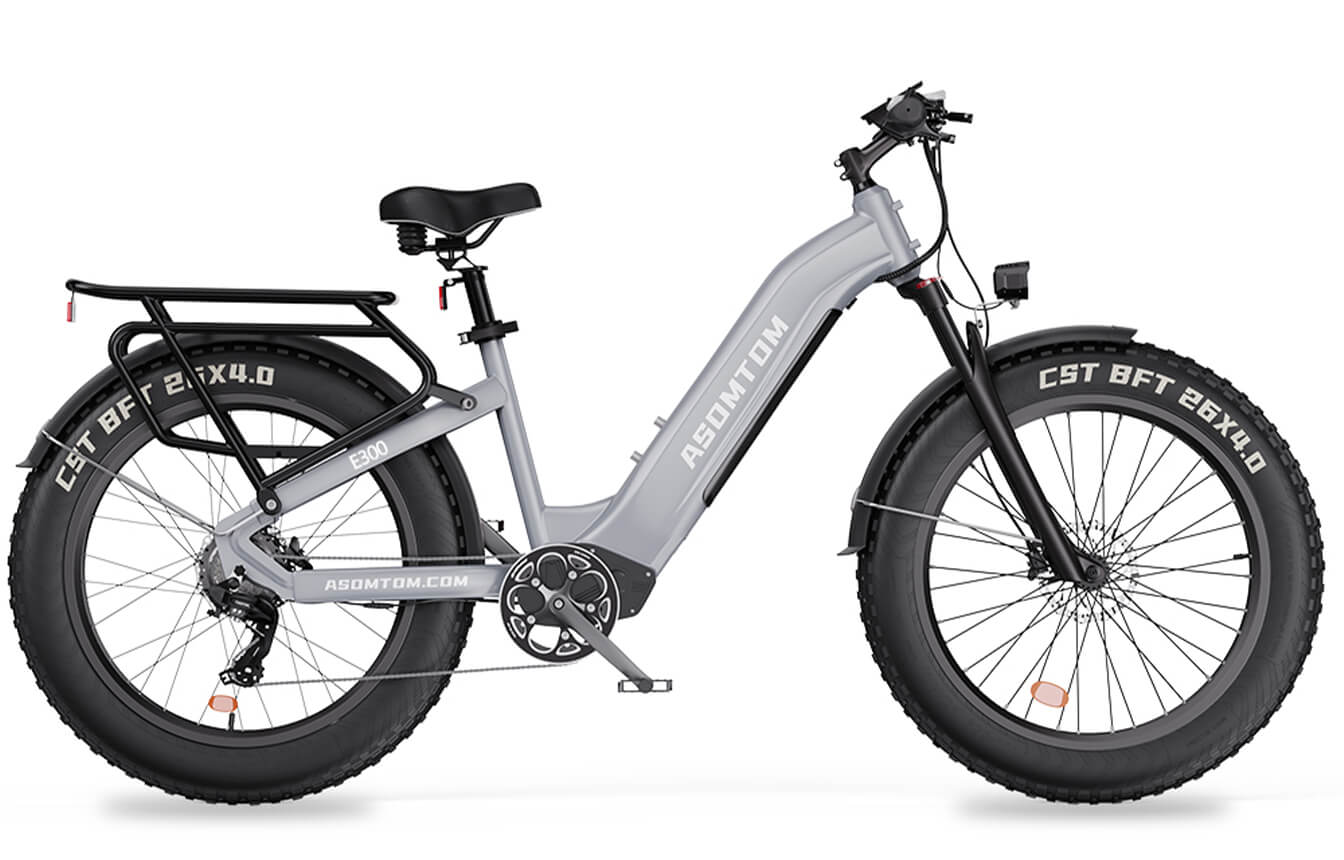
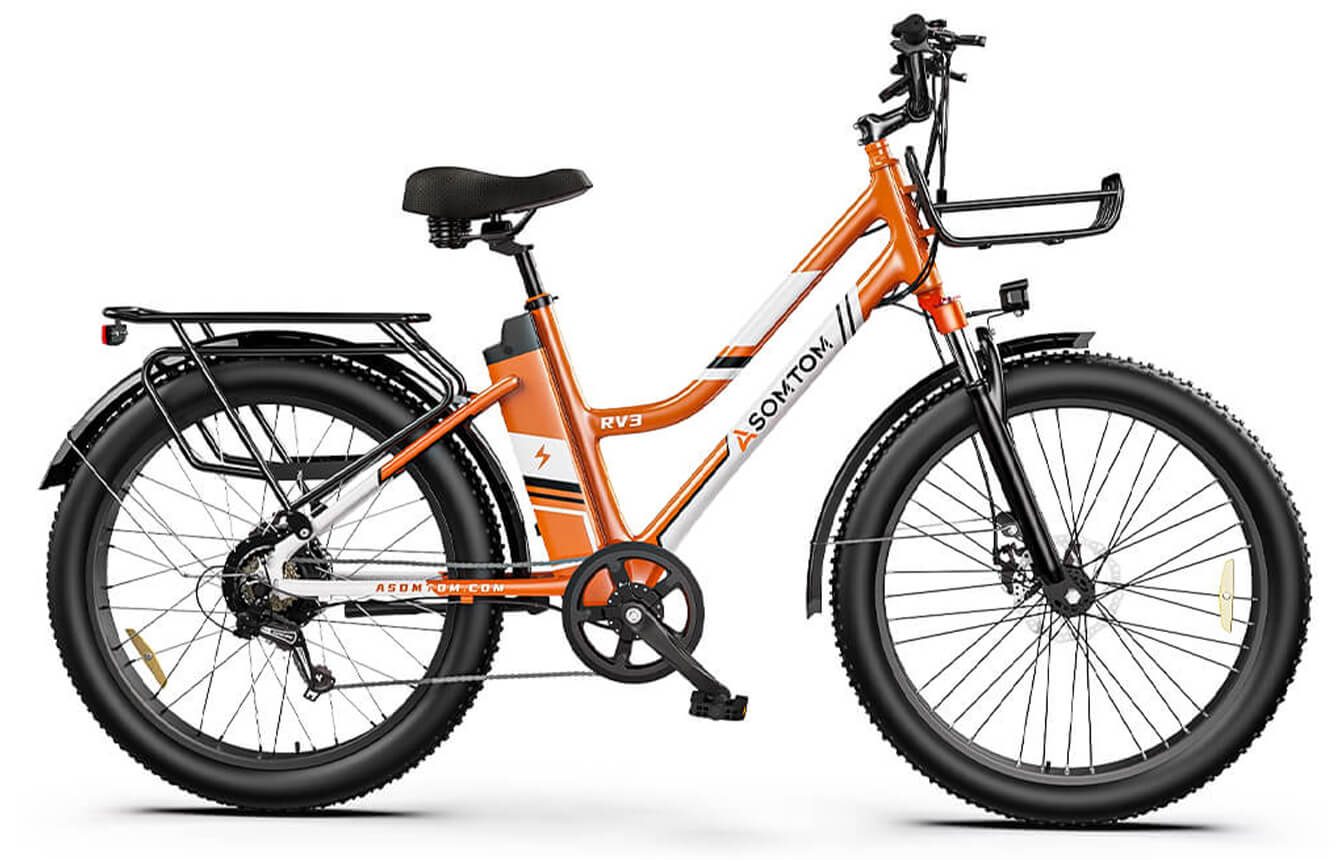











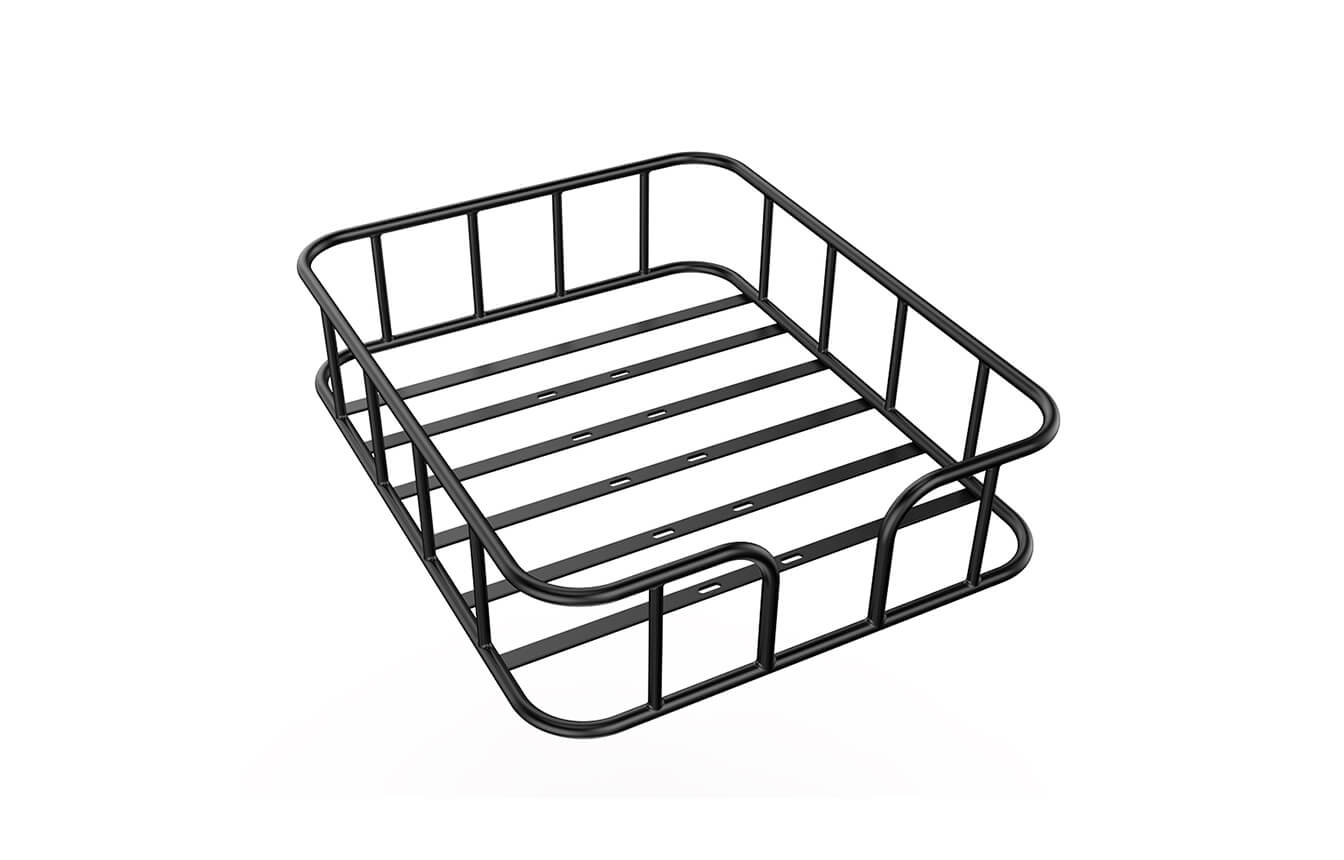
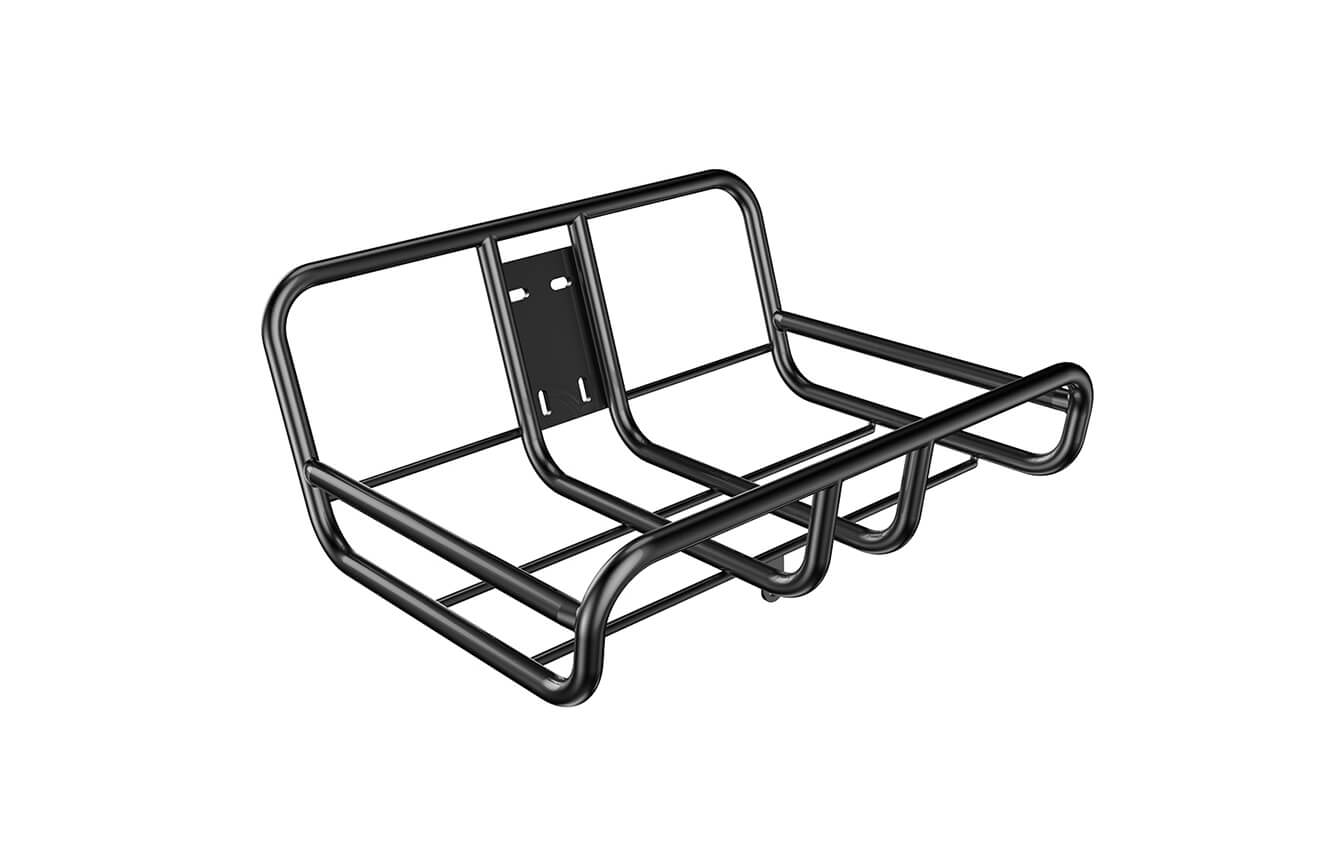
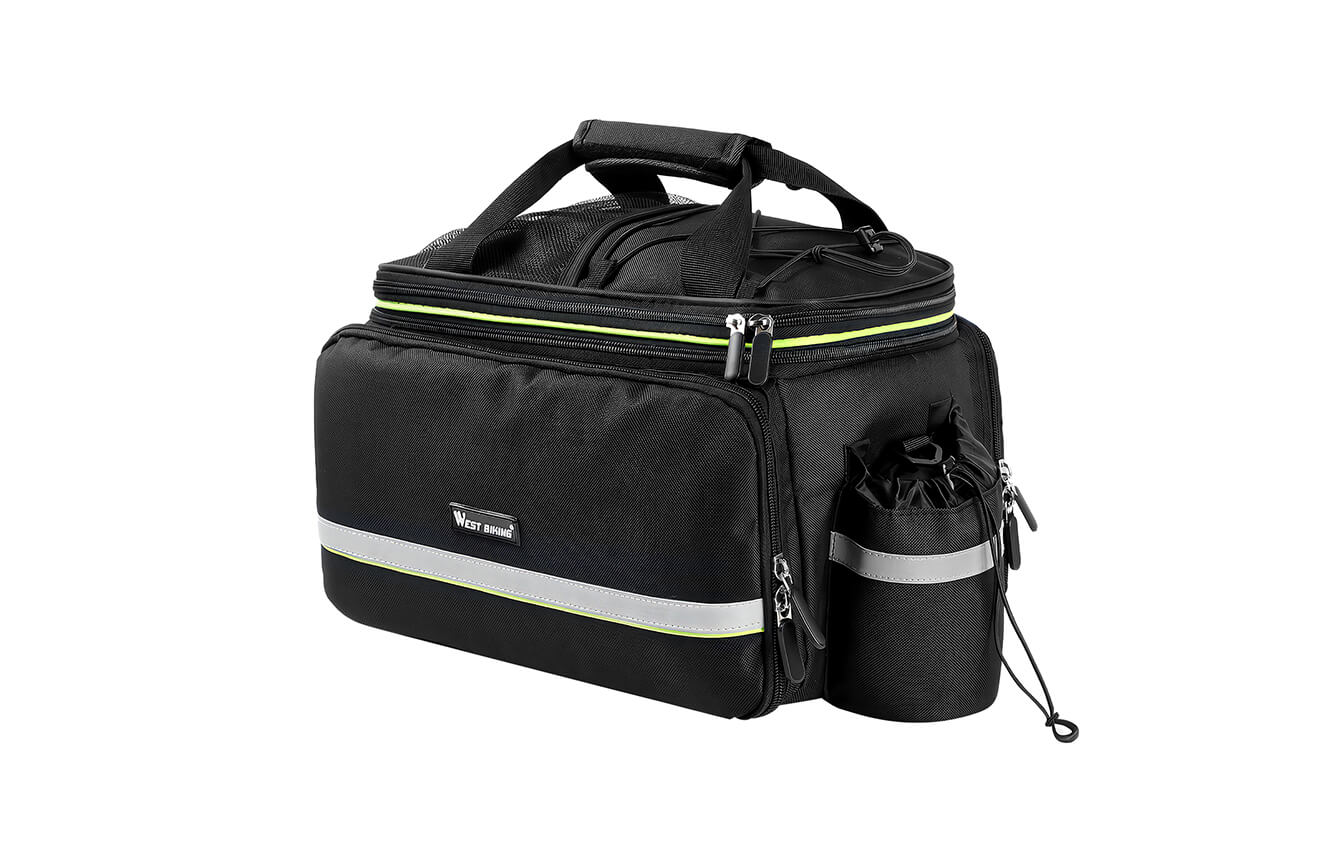
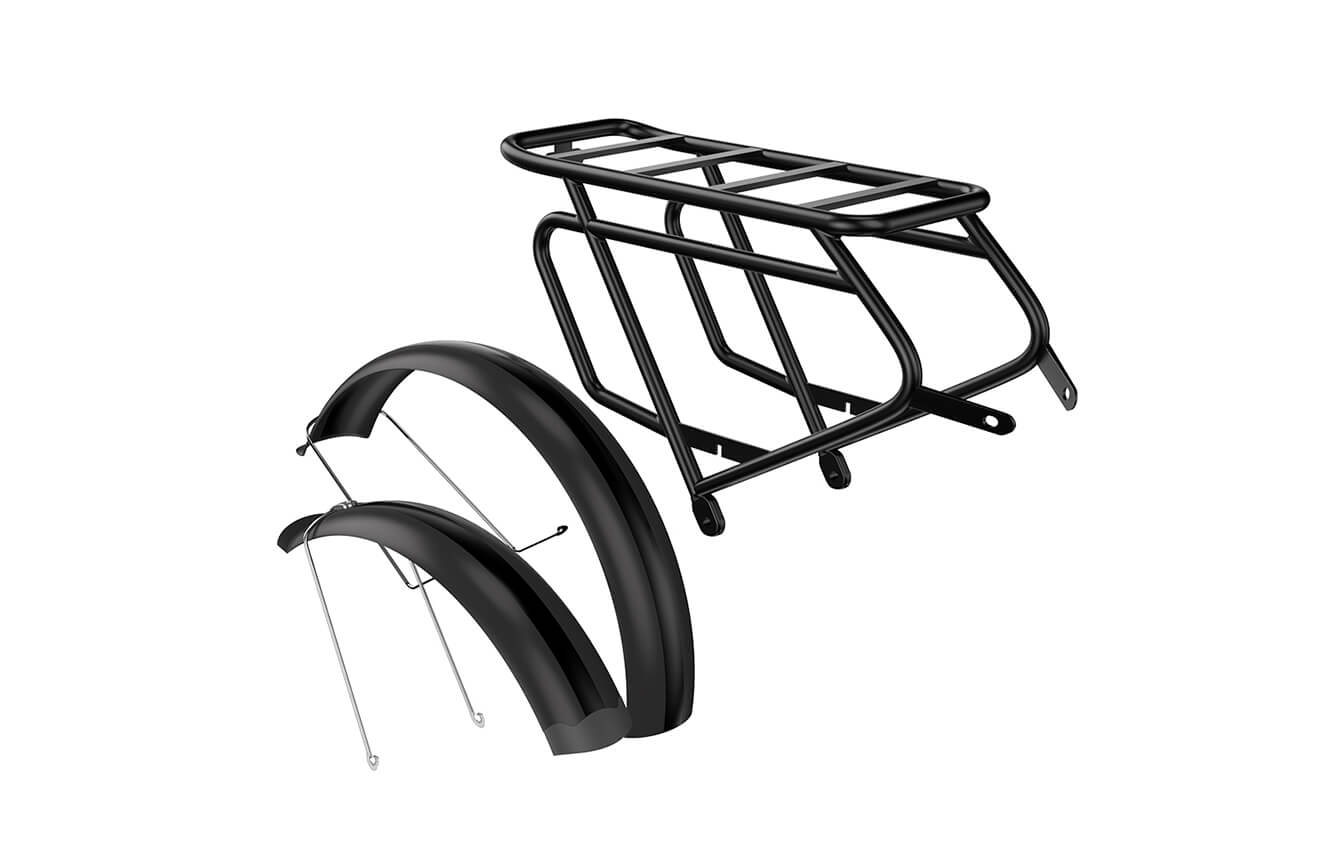
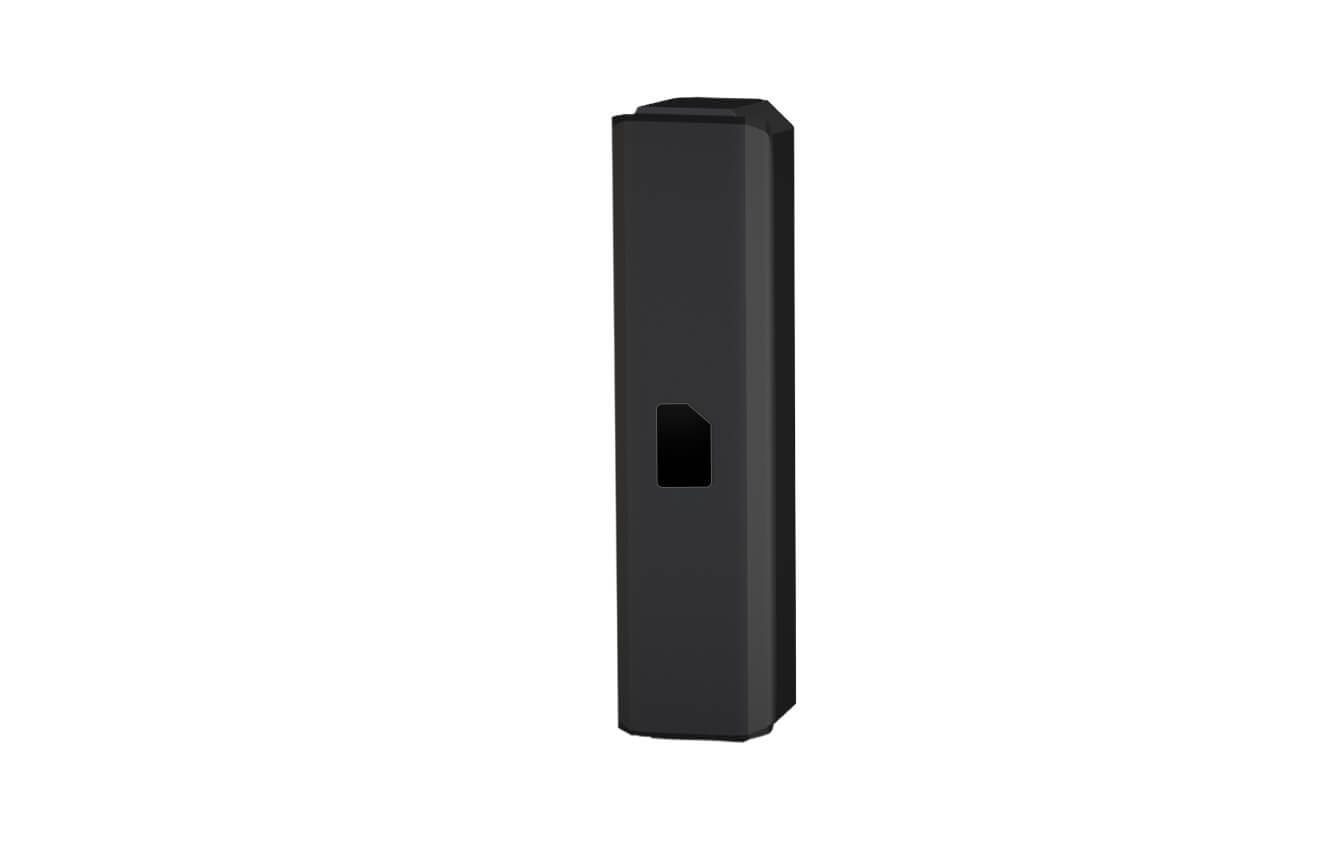
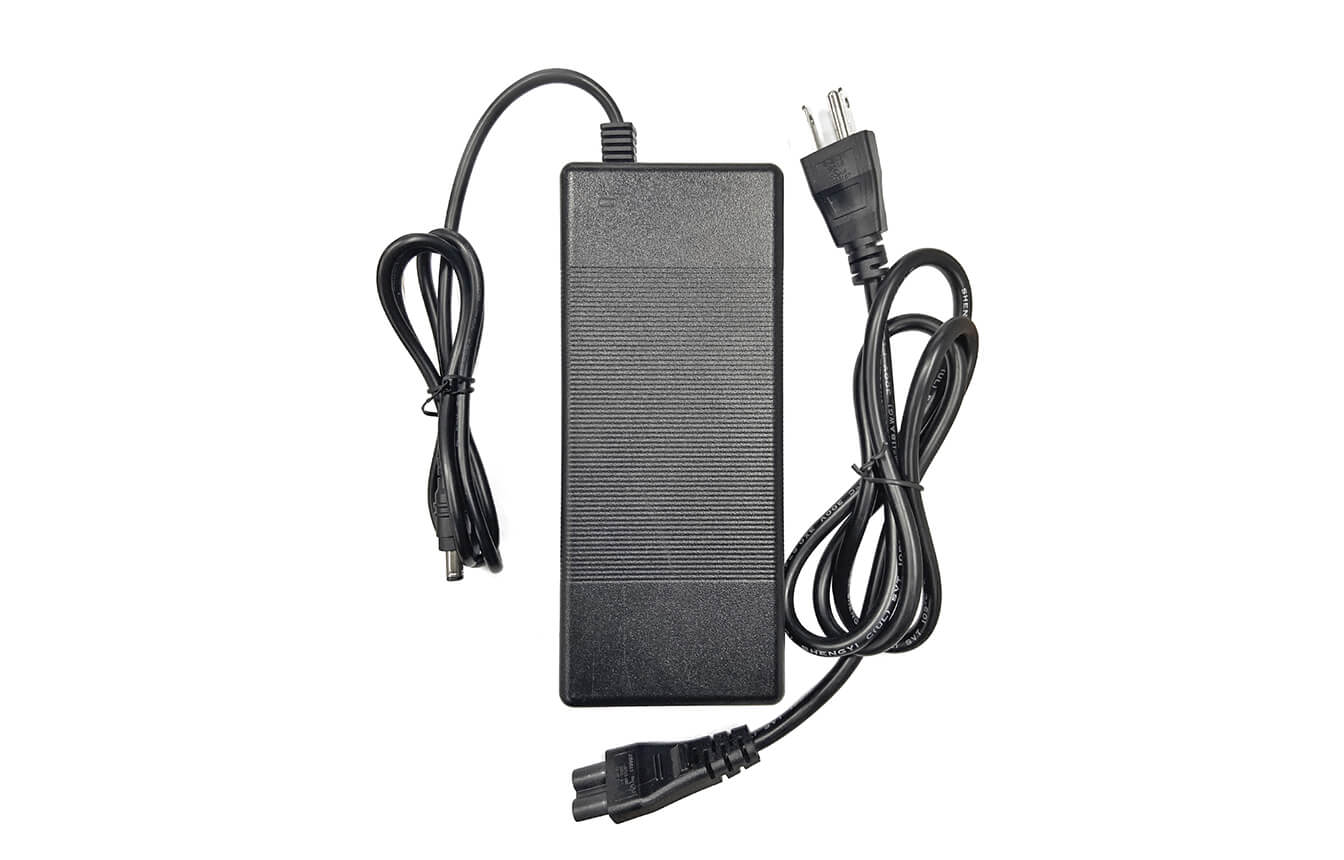
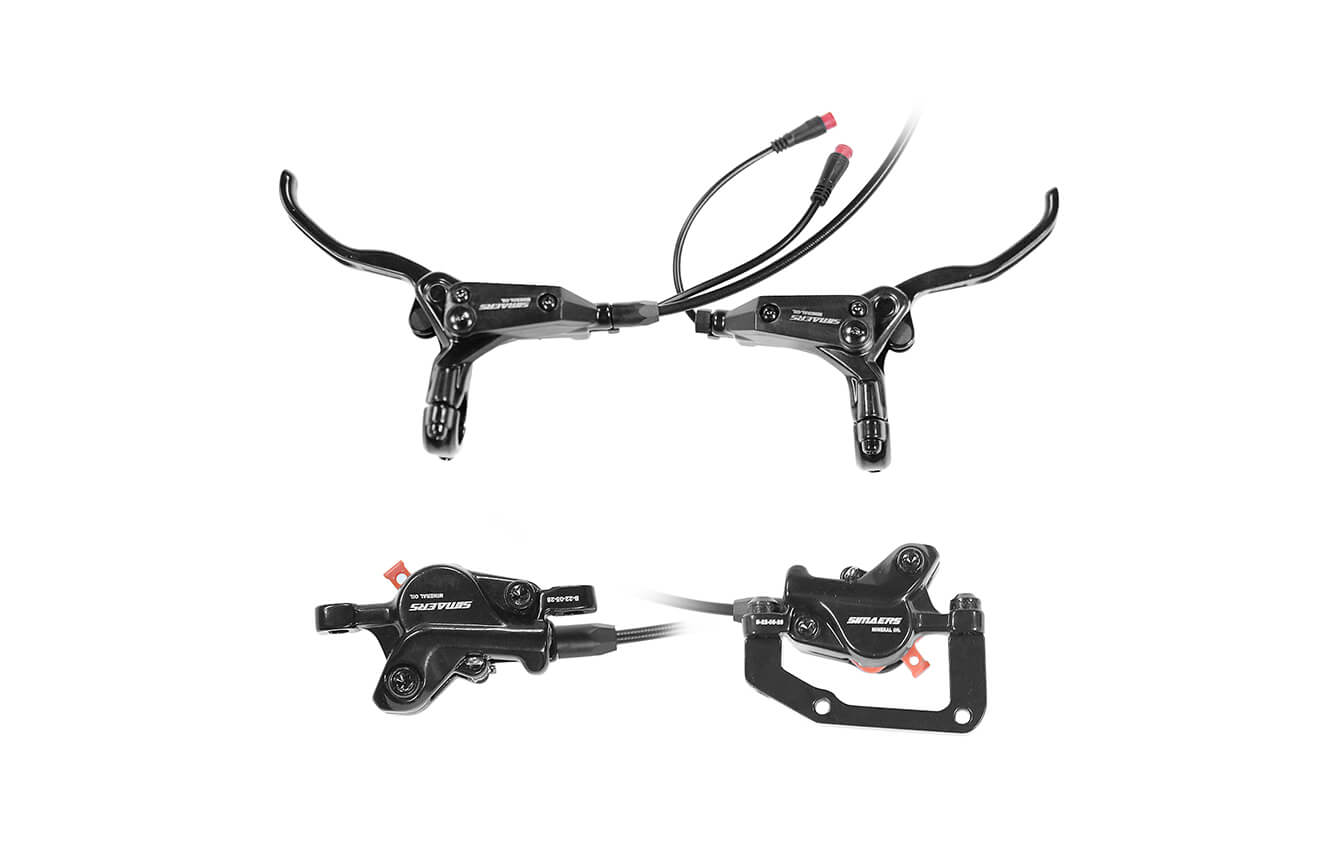
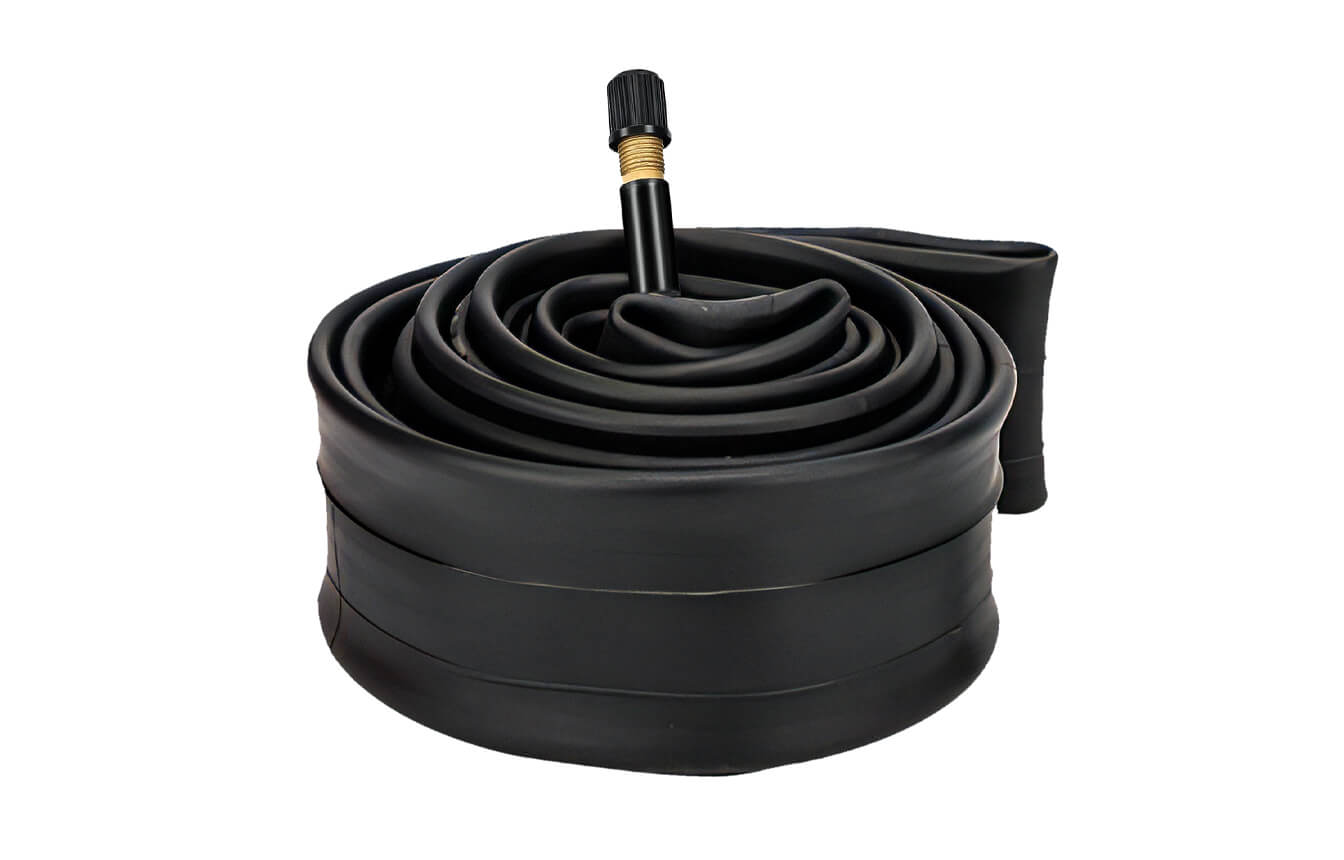






Leave a comment